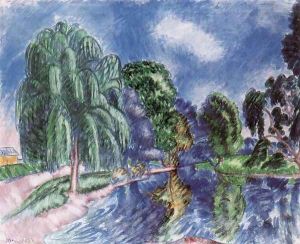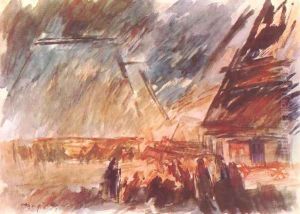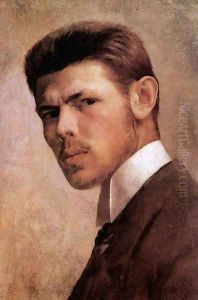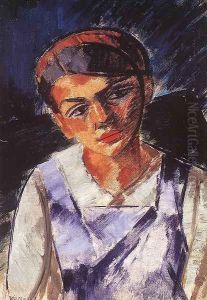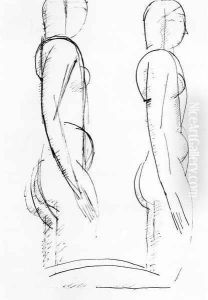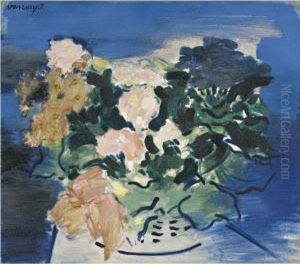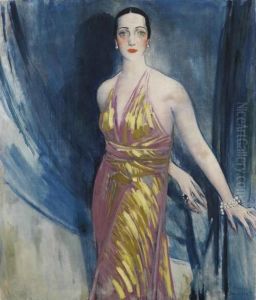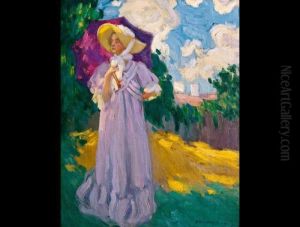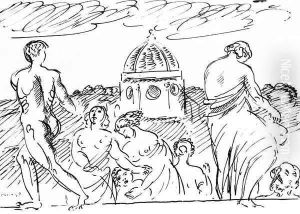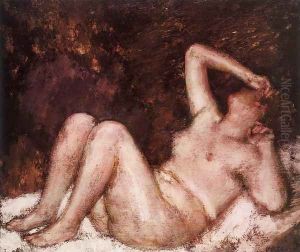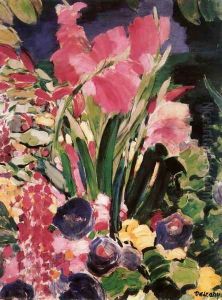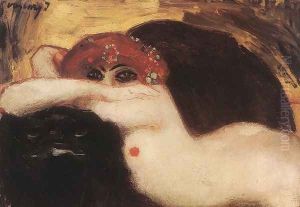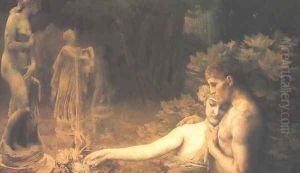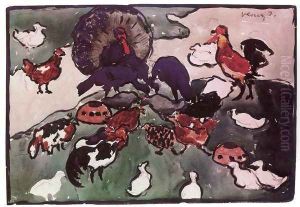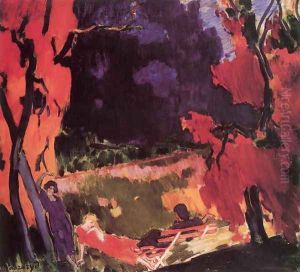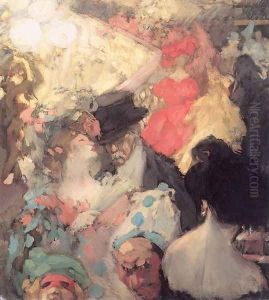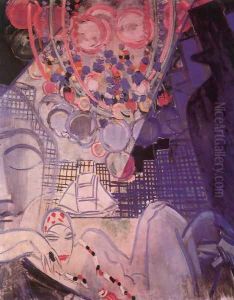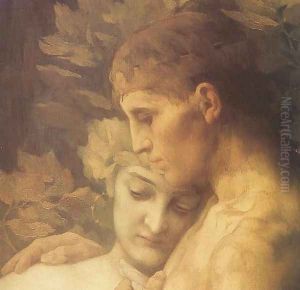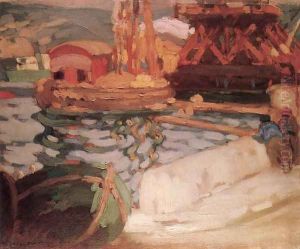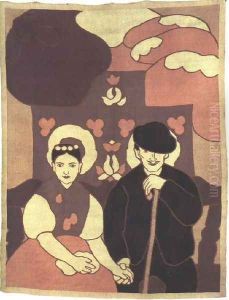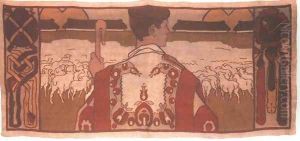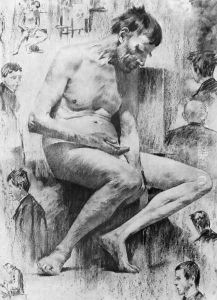Janos Vaszary Paintings
János Vaszary was a prominent Hungarian painter and graphic artist, born on November 30, 1867, in Kaposvár. He is considered one of the leading figures of modern Hungarian art and is known for his versatile style that evolved throughout his career, reflecting various modern art movements.
Vaszary initially trained at the Hungarian University of Fine Arts in Budapest, and later continued his studies in Munich, which was a major center for art at the time. His early works were influenced by the academic style, but he soon began to explore new artistic trends, including Impressionism and Art Nouveau.
In 1896, Vaszary traveled to Paris, which was the epicenter of the avant-garde. His exposure to the works of the Impressionists and Post-Impressionists had a significant impact on his style. He started to use lighter colors and developed a looser brushwork, which became characteristic of his Impressionist phase. During this period, he painted a number of landscapes, city scenes, and genre paintings that captured the effects of light and atmosphere with a fresh, vibrant palette.
After returning to Hungary, Vaszary became a professor at the Hungarian University of Fine Arts and influenced a new generation of artists. His work continued to evolve, and he began incorporating elements of Expressionism and Fauvism, experimenting with bold colors and dynamic forms.
Throughout his career, Vaszary also worked on illustrations and theatrical designs, showcasing his versatility as an artist. He was awarded numerous accolades, including the Grand Prix at the 1915 San Francisco World's Fair and a gold medal at the 1937 Paris World's Fair.
János Vaszary's contribution to Hungarian art was significant as he played a key role in introducing modern artistic movements to the Hungarian scene. His innovative approach and teaching left a lasting legacy on the development of modern art in Hungary.
He died on April 19, 1939, in Budapest, leaving behind a rich body of work that continues to inspire and be celebrated in Hungarian and European art history.


